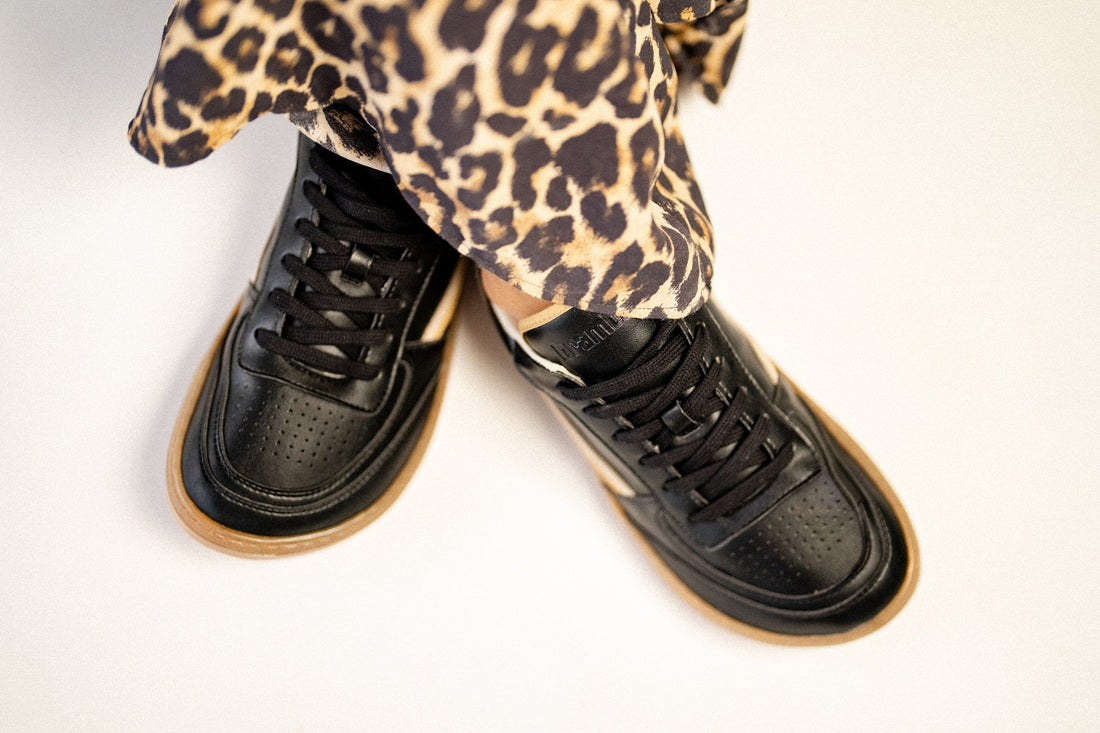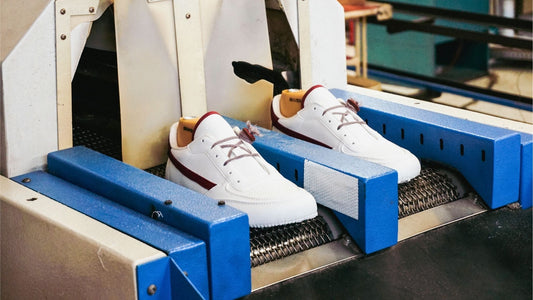
How to transition to Barefoot shoes? - A guide for new users
Share
|
TABLE OF CONTENTS
|
Suddenly switching to barefoot footwear can cause muscle discomfort, strain, and pain. Our feet are accustomed to cushioned shoes with structural support, which has weakened the intrinsic foot muscles over time. If the transition is too fast, it can lead to tension in the arches, heels, and calves, increasing the risk of plantar fasciitis or tendinitis.
To minimize risks, a progressive adaptation process is essential. Transitioning to minimalist footwear allows the foot muscles, tendons, and bone structure to strengthen without unnecessary strain. The goal is to develop a more natural, efficient, and tension-free stride.
How to Prepare Your Feet for the Change to Barefoot Shoes
Before incorporating barefoot shoes into your daily routine, it's advisable to prepare your feet with specific exercises that strengthen muscles and improve mobility.
Strengthening Exercises
- Toe Spreading: Try to open and close your toes. This improves mobility and strengthens intrinsic foot muscles.
- Object Lifting: Use your feet to pick up small objects like a towel or marbles.
- Toe and Heel Raises: Alternate standing on your toes and heels to strengthen your calves and foot arches.
- Walking on Sand or Grass: Walking barefoot on natural surfaces activates proprioception and foot muscles.
Essential Stretches
- Calf Stretch: Place your toes against a wall and gently push forward to stretch the plantar fascia and Achilles tendon.
- Foot Massage with a Ball or Roller: Roll a tennis ball or massage roller under your foot to relieve tension.
Using Barefoot Footwear in Different Activities
To integrate barefoot shoes into your daily life, start with low-impact activities before moving on to more demanding ones.

At Work
If you seek comfort and a design suitable for daily wear, consider models like Brambas Creta, known for their lightweight and breathable design, or Brambas Calabria 165, ideal for long days requiring stability and comfort.
Daily Walks
Start by wearing barefoot shoes on short walks on natural surfaces like grass or sand. Gradually increase the distance and try varied terrains.
Sports and Training
If you practice sports, begin using minimalist footwear in low-impact activities such as yoga, functional training, or mobility exercises before transitioning to minimalist running.
Common Mistakes During the Transition
Ignoring Your Body's Signals
Listening to your body is crucial when transitioning to barefoot footwear. If you experience persistent pain or discomfort, slow down the process. Forcing adaptation can lead to injuries. The key is to gradually adjust your feet to barefoot shoes to avoid unnecessary strain.

Wearing Inappropriate Shoes
Choosing low-quality barefoot shoes or those that don’t fit your foot shape can hinder your transition and increase discomfort. Make sure to select high-quality barefoot shoes, such as Brambas Creta, which are lightweight and breathable. For those needing more support, Brambas Calabria 165 provide stability and structure. A poor fit can interfere with proper barefoot adaptation and affect your posture.
Measuring Progress During the Transition to Barefoot
Physical Indicators
As your body adapts to barefoot footwear, you will notice improvements such as:
- Less discomfort when walking barefoot: Pain decreases as your feet strengthen with barefoot shoe use.
- Greater foot and toe mobility: Flexibility increases, especially with barefoot sneakers that allow for more natural movement.
- Reduced calf tension: Over time, circulation improves, and leg muscles become more toned.
- Better posture and weight distribution: Continuous barefoot shoe use enhances body alignment and weight balance, reducing fatigue and discomfort.
Comfort Evaluation
A key progress indicator is how comfortable you feel using barefoot shoes on different surfaces. Initially, you may experience some fatigue, but over time, you should feel more at ease, even on uneven terrain, thanks to barefoot sneakers that promote flexibility and natural foot movement.
When to Consult a Specialist
Previous Injuries or Medical Conditions
If you have had foot, ankle, or knee injuries or suffer from conditions like plantar fasciitis or flat feet, a guided transition is essential. In these cases, a specialist can help you adapt your barefoot shoes to your specific needs, ensuring a safe and effective transition.
Persistent Pain
If you continue to experience intense pain after several weeks of transitioning to barefoot footwear, consult a specialized physiotherapist. This could indicate that the transition has been too fast or that an underlying condition requires treatment.



